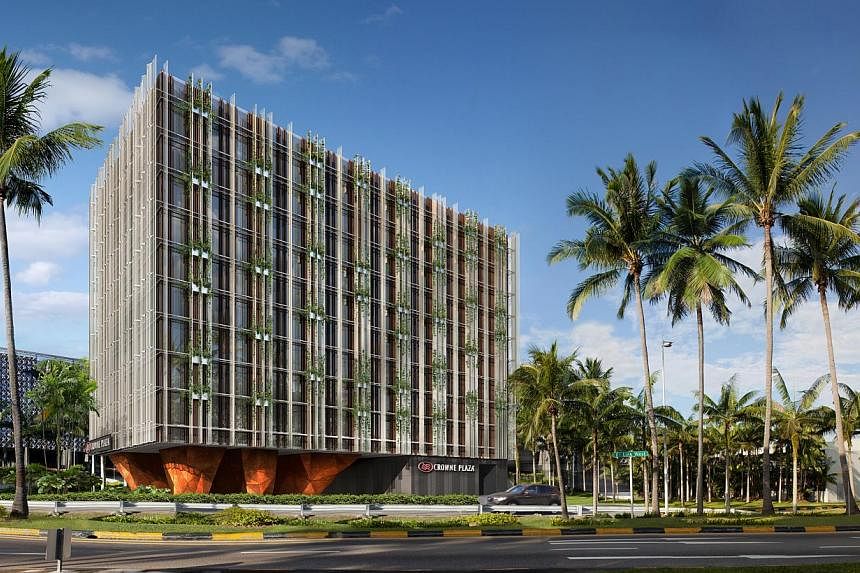Developers who successfully bid for projects on selected government plots will have to adopt more productive construction methods by the end of this year.
Compared with conventional methods, these techniques can yield manpower and time savings of up to 50 per cent, said National Development Minister Khaw Boon Wan in a blog post yesterday.
"We need game-changing construction technologies to boost our construction productivity and reduce our reliance on construction workers," he said.
The new rules, which were announced in March, are part of a concerted drive by the Government to raise productivity growth in the sector.
Yesterday, Mr Khaw said that some private developers were already adopting the new productivity tools.
OUE, for example, is developing a 10-storey extension of the Crowne Plaza Changi Airport hotel, which will be made from prefabricated modules with multiple units, complete with internal fixtures. They will later be assembled on site like Lego blocks.
"(This) relies on building components which are manufactured in a factory, thus reducing the need for workers, and cutting down on noise and dust at the construction site," said Mr Khaw.
Another method involves the use of cross laminated timber, a multi-layered wood commonly used in Europe, which meets the same fire safety requirements as concrete and steel.
Such technologies will be employed for some public sector projects, said Mr Khaw. Successful bidders of selected government land sale sites will have to use them as well.
To facilitate these moves, the Building and Construction Authority will provide funding support to those who adopt these methods and training to build up expertise in the area.
This comes amid other moves made by the Government to raise construction productivity. For instance, new projects must use precast components and have standardised floor heights by the end of this year.
Currently, up to 70 per cent of the Housing Board's building components are precast. In the private sector, it is about 10 to 25 per cent.
"The desired outcome of these efforts is for our construction industry to be cleaner, quieter and faster, without compromising on safety and quality," said Mr Khaw.
While developers cheered the push for productivity, some said the new compulsory methods might constrain their designs. Said EL Development managing director Lim Yew Soon: "Prefabricated moulds are good for hotels and hostels, but not for condominiums, which require a greater variety of unit types."


